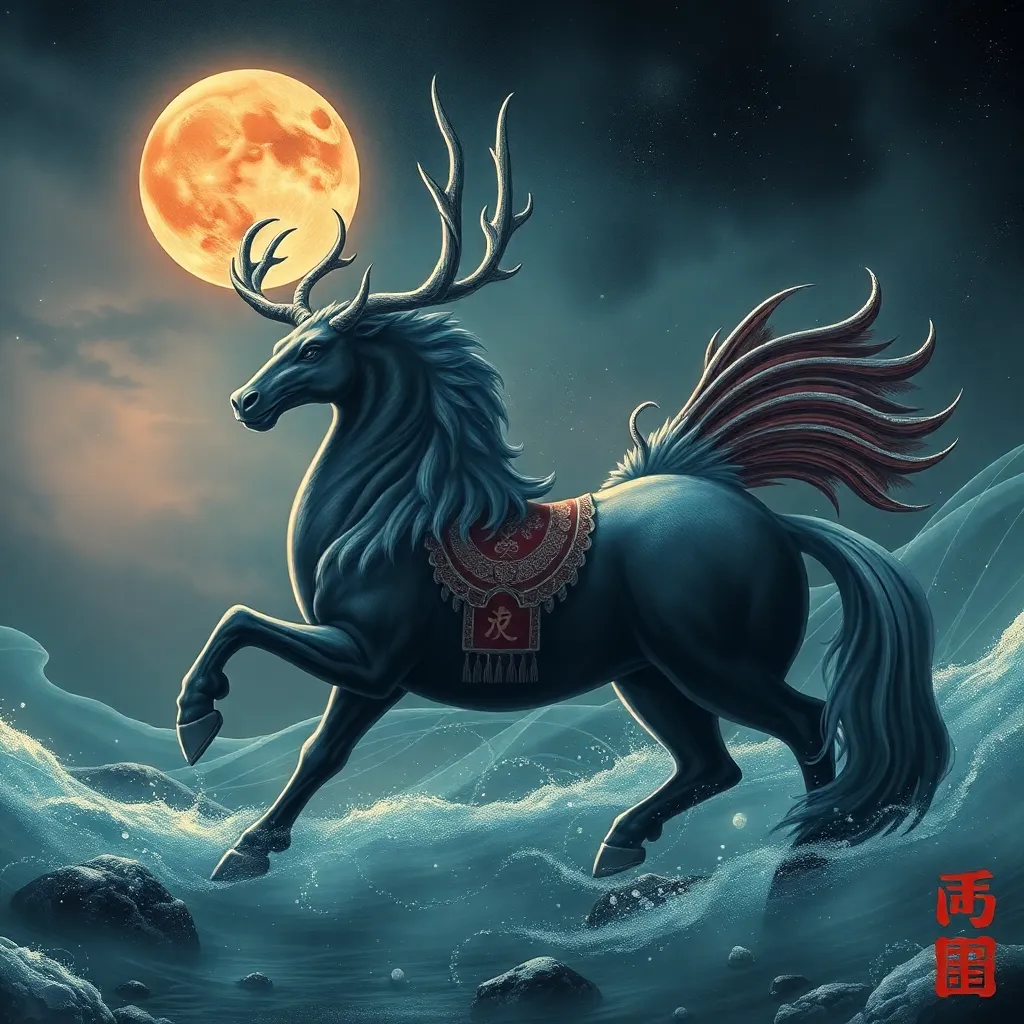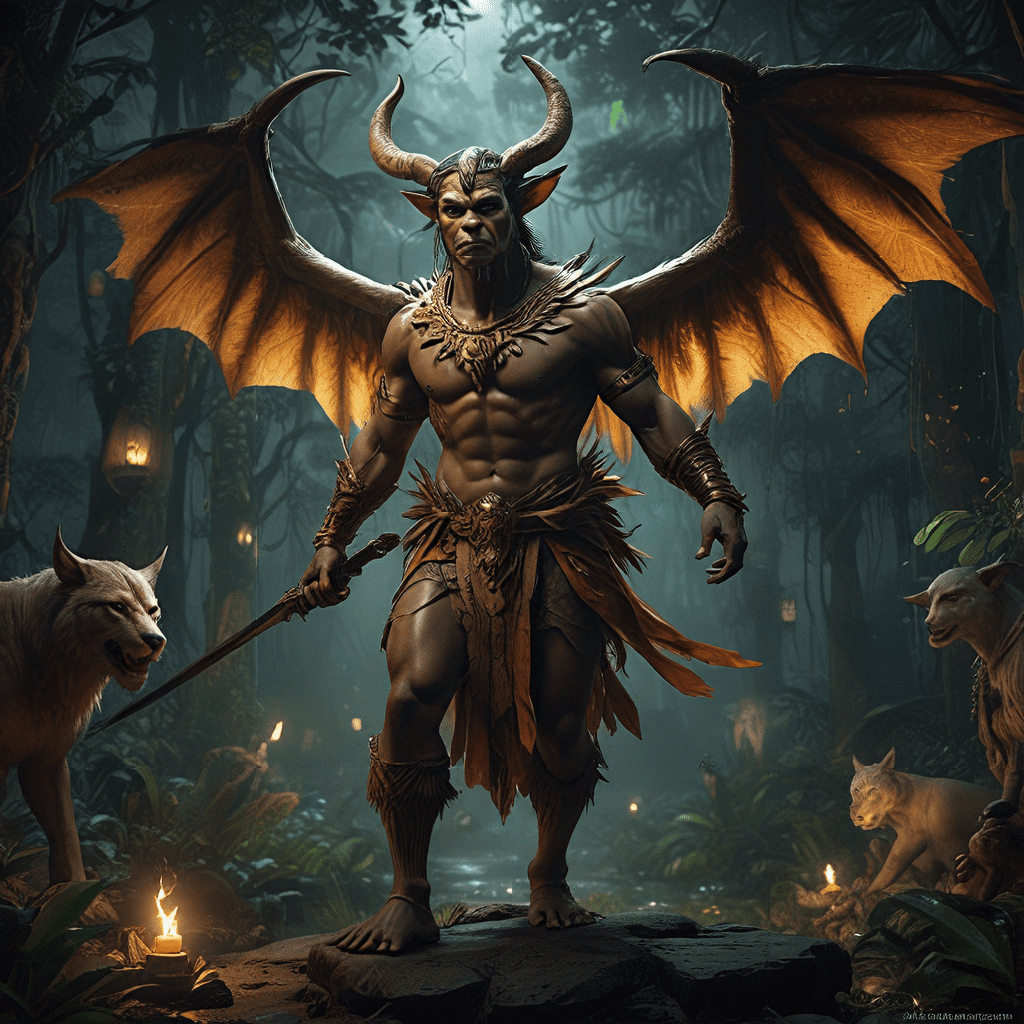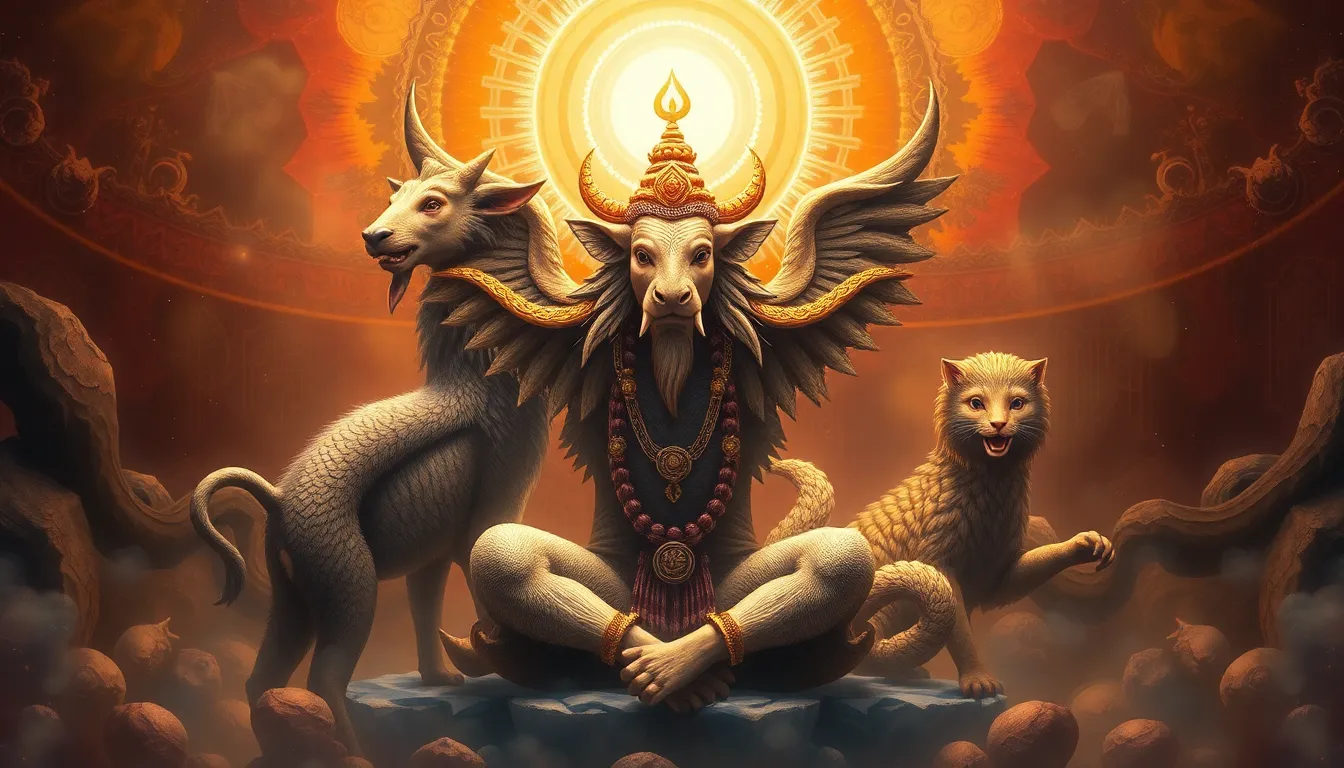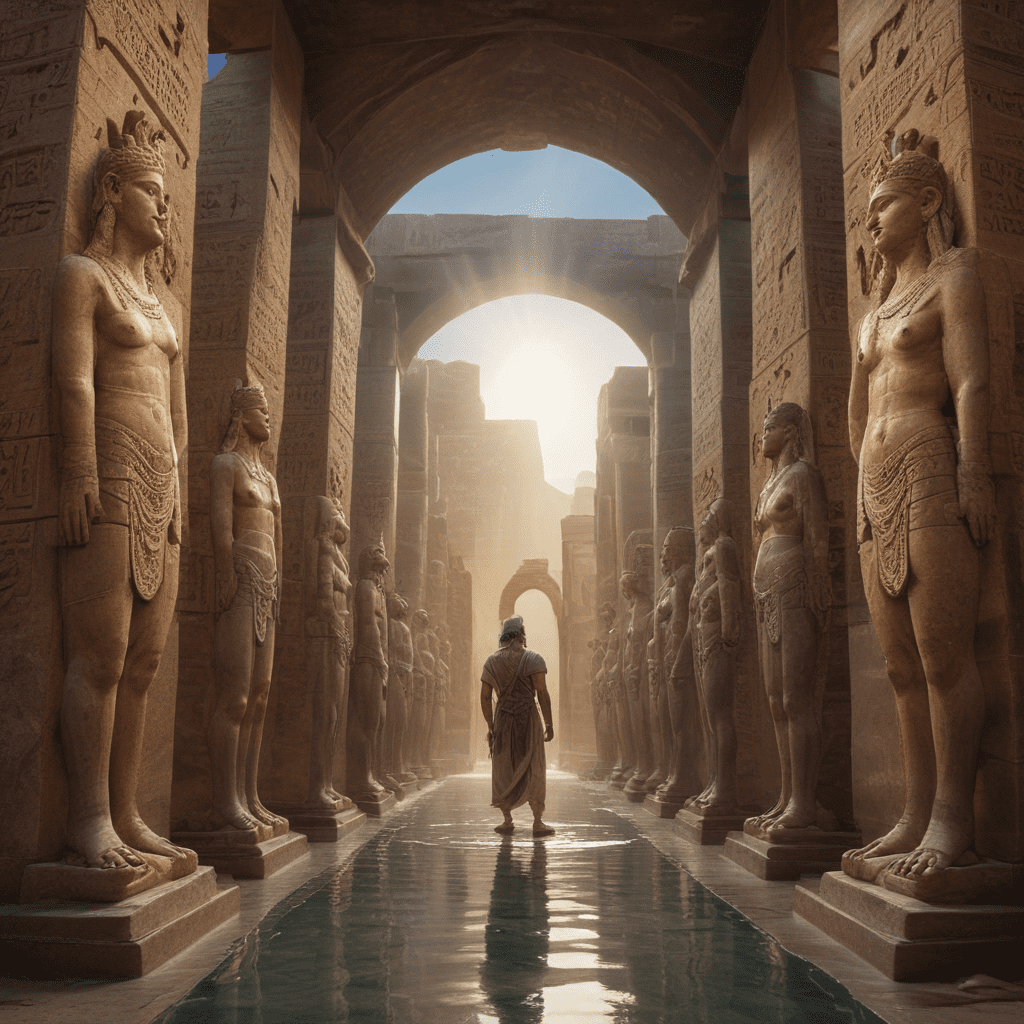Sleipnir Tales: The Japanese Myths of the Shinto Religion
I. Introduction to Sleipnir and Its Significance
Sleipnir, a remarkable eight-legged horse from Norse mythology, serves as a significant symbol within the rich tapestry of ancient Scandinavian lore. As the steed of Odin, the chief of the gods, Sleipnir is not just an animal but a representation of the connection between worlds, the journey of the soul, and the power of transformation. In contrast, the Shinto religion, deeply rooted in Japanese culture, offers a diverse array of myths and deities that celebrate nature and spirituality.
This article seeks to explore the intriguing connections between Sleipnir in Norse mythology and the myths of the Shinto religion. By examining the origins, symbolism, and cultural implications of both, we can uncover the fascinating parallels that highlight the universality of mythological themes across different cultures.
II. The Origins of Sleipnir in Norse Mythology
The tale of Sleipnir begins with a curious birth involving Loki, the trickster god, and a giant’s stallion named Svadilfari. According to the myths, Loki transformed himself into a mare to distract Svadilfari, leading to an unexpected pregnancy that resulted in the birth of Sleipnir. This unique origin story sets the stage for Sleipnir’s role as Odin’s trusted steed, capable of traversing the realms of the living and the dead.
Sleipnir’s role as Odin’s steed is pivotal. He is described as the fastest horse in existence, capable of galloping through the sky and even into the underworld. This extraordinary ability symbolizes the connection between different realms, embodying the idea of travel beyond the physical world.
In Norse culture, Sleipnir represents not just speed and strength but also the complex duality of existence. He embodies the themes of transformation, as his origins are tied to deception and change, reflecting the ever-shifting nature of life and death.
III. Overview of Shinto Religion
Shinto, the indigenous spirituality of Japan, is characterized by a profound respect for nature and an intricate belief system centered around Kami, which are deities or spirits that inhabit the natural world. At its core, Shinto emphasizes the importance of rituals, festivals, and the veneration of ancestors.
- Core Beliefs: Shinto does not have a central religious text; instead, it is based on traditions and practices that have evolved over centuries.
- Key Deities: Shinto features a pantheon of Kami, including Amaterasu (the sun goddess) and Inari (the god of rice and agriculture).
- Nature’s Significance: Nature is revered in Shinto, with mountains, rivers, and trees often considered sacred.
Ancestral worship is also a cornerstone of Shinto, emphasizing the belief that the spirits of ancestors influence the lives of their descendants. This connection to the past fosters a sense of community and continuity in Japanese culture.
IV. Parallels Between Sleipnir and Shinto Mythology
When comparing Sleipnir and Shinto mythology, several intriguing parallels emerge. Both mythologies feature powerful animal figures that serve as conduits between realms, reflecting the interconnectedness of all living beings.
- Comparative Analysis: Just as Sleipnir is a symbol of Odin’s power and connection to the afterlife, certain Shinto deities also embody qualities of transformation and protection.
- Themes of Transformation: Both mythologies explore themes of transformation and duality. In Norse myths, this is evident in Sleipnir’s unique birth, while in Shinto, the cycles of nature and the seasonal changes reflect similar ideas.
- Role of Animals: Animals play significant roles in both mythologies. In Norse tales, Sleipnir is a bridge to the spiritual world, while in Shinto, animals like foxes (Inari’s messengers) and horses (symbols of agricultural prosperity) hold sacred significance.
V. The Concept of the Divine Horse in Japanese Myths
In Japanese folklore, horses are often associated with divinity and revered as messengers of gods. Several equine deities exist within Shinto, each embodying different aspects of life and nature.
- Divine Equine Figures: Notable equine deities include:
- Takeminakata: A deity associated with agriculture and hunting, often depicted with a horse.
- Inari: Frequently represented alongside foxes and horses, symbolizing fertility and prosperity.
- Significance in Culture: Horses symbolize strength, loyalty, and the connection to the divine in Japanese culture, often featured in festivals and rituals.
- Folklore Stories: Numerous stories exist about divine horses, such as the tale of the horse that saved a village from disaster, reflecting the belief in animal guardianship.
VI. The Influence of Norse and Shinto Myths on Modern Culture
The myths of both Norse and Shinto traditions have transcended their ancient origins, influencing modern culture in various ways. Cross-cultural exchanges have led to adaptations and reinterpretations of these myths.
- Cross-Cultural Exchanges: The globalization of culture has facilitated the merging of mythological themes, leading to new interpretations and artistic expressions.
- Representation in Media: Sleipnir appears in contemporary literature, films, and video games, often symbolizing the intersection of different realms.
- Shinto in Popular Culture: Elements of Shinto have permeated modern Japanese media, from anime to film, highlighting the ongoing relevance of these ancient beliefs.
VII. Thematic Insights and Moral Lessons
Both Sleipnir and Shinto tales provide profound moral lessons that resonate with human experiences. These stories encourage a harmonious relationship with nature and a deeper understanding of the divine.
- Moral Lessons: Themes of loyalty, courage, and the importance of community are prevalent in both mythologies, teaching valuable lessons about human experiences.
- Harmony with Nature: Both traditions emphasize the need for balance with the natural world, reminding us of our interconnectedness with all beings.
- Reflection on Humanity: Myths serve as mirrors to human experiences, offering insights into our fears, desires, and the quest for meaning.
VIII. Conclusion: Bridging Cultures Through Mythology
In conclusion, the exploration of Sleipnir and Shinto myths reveals a rich tapestry of connections that transcend cultural boundaries. The enduring legacy of these ancient tales continues to influence modern society, reminding us of the universal themes of transformation, nature, and the divine.
By understanding and appreciating diverse mythologies, we foster a greater sense of empathy and connection to the world around us. The stories of Sleipnir and the deities of Shinto serve as bridges that unite cultures, illustrating the profound power of mythology in shaping human experience.




